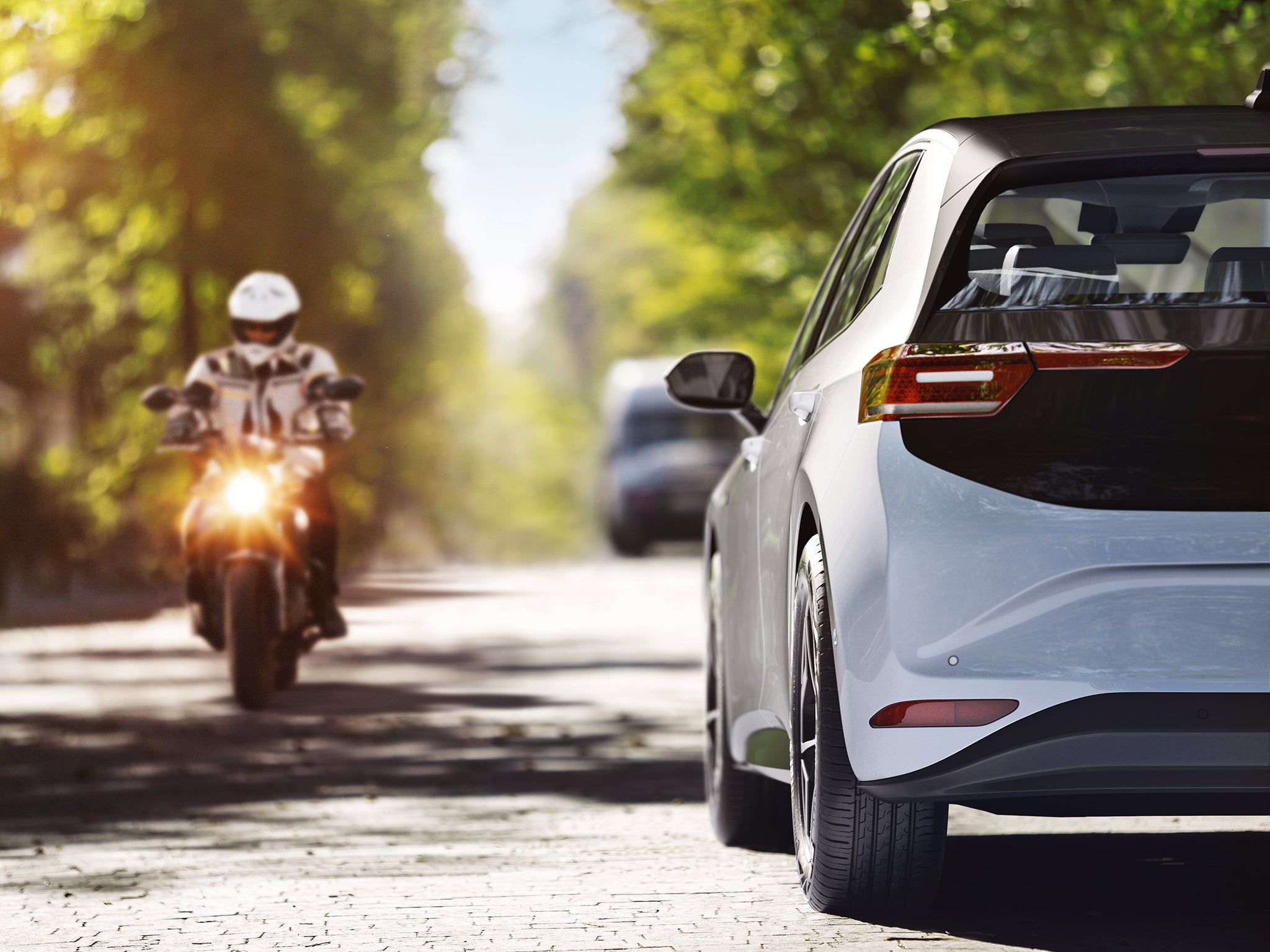How Continental is making mobility smarter and more sustainable
- Our goal is to be the most progressive tire company in terms of environmental and social responsibility.
- We continually drive forward innovative technologies and sustainable solutions along our entire value chain.
- Find out how and join our journey!
Continental has always been firmly grounded in the present, while simultaneously looking ahead to the future. That is why we design, develop, and produce tires that are known for their safety, performance, and efficiency, but we are also working to keep ahead of the innovations that will shape the mobility of tomorrow. No matter where the road will take us next, we already know what lies ahead: a cleaner, more sustainable, and carbon-neutral future. We haven’t just set ourselves ambitious targets that will help us reach our goal of becoming the most progressive tire company in terms of environmental and social responsibility – we are already taking concrete steps to get there. Here are some examples.
Sustainable materials
 Dandelion rubber is used in the Urban Taraxagum bike tire
Dandelion rubber is used in the Urban Taraxagum bike tire
The Conti GreenConcept tire, introduced at IAA Mobility 2021, shows what the tire of the future could be. But some of its sustainable ingredients are already in use today. Taraxagum, rubber made from dandelions, was developed together with our partners from the Fraunhofer Institute for Molecular Biology and Applied Ecology IME and the University of Münster. In this unique research project, we were able to come up with a resource-efficient alternative raw material for tire production. Unlike the rubber tree, which only grows in the tropics, the Russian dandelion plant is cultivated in Germany, so the rubber from its roots can be extracted and processed locally, without being transported long distances. This reduces CO2 emissions and conserves valuable resources. Taraxagum is already being used in bicycle tires and truck tire prototypes. Find out more here.
Driving sustainably
 All drivers can contribute to sustainable mobility
All drivers can contribute to sustainable mobility
Sustainable mobility is enabled by many factors: policy, infrastructure, technology, but also driving behavior. The good news: eco-friendly driving habits are economically advantageous. In short, by saving CO2, you will also save money. For example, a tire with reduced rolling resistance increases a vehicle’s range or fuel efficiency. In addition to a tire’s design, the correct air pressure also contributes to reduced rolling resistance, so make sure you check air pressure regularly and adjust it as needed. When it comes to driving style, steady does it, so accelerate and decelerate gently, avoid excessive speeds, and reduce your vehicle’s weight and optimize its aerodynamics by removing anything you don’t need. Read more.
Clean transport
 A truck with low-rolling-resistance tires
A truck with low-rolling-resistance tires
While rolling resistance makes a noticeable difference to the fuel efficiency and emissions of all motorized vehicles – or to the range of electric vehicles – it is a huge factor in heavy-duty vehicles. The transport sector is one of the primary sources of man-made greenhouse gas emissions, including carbon dioxide. The EU measures and reports the rolling resistance of new trucks, buses, and coaches to reduce these emissions and achieve climate-neutral transport by 2050. Low-rolling-resistance truck tires by Continental can help reduce the emissions generated by entire fleets, reducing the environmental footprint of road transport significantly. Rolling resistance is also very important in our development of agricultural tires and specialty tires, for example those used on electrically powered forklifts. In both cases, the potential CO2 reductions are considerable, contributing to cleaner farming and logistics. Read more.
3 steps towards a sustainable future
1. Reduce
We are constantly working to reduce the amount of materials we use and to increase the amount of renewable raw materials that go into our tires. At the same time, we take action to reduce the production footprint of all our innovations, as well as the impact they have on the environment when they are in use.
2. Reuse
We consistently increase the share of recycled materials in our products, for example by using polyester from recycled plastic bottles for the tire’s casing and recycled steel, rubber, or carbon black instead of new resources.
3. Recycle
From increasing the longevity of our products (for example by retreading worn-down tires) to recycling materials at the end of their life cycle, we aim to reuse rather than dispose of the valuable ingredients that make our high-tech products.
Read more about our sustainability journey
EcoContact™ 6
Discover more with a tire that needs less. Thanks to the best balance between tire size and component distribution, the EcoContact™ 6 and its high-tech silica compound improve rolling resistance, so that you reduce both fuel consumption and CO2 emissions.
German-engineered safety for wherever you go.
- Reduced fuel consumption and CO2 emissions.
- Go further thanks to the Green Chili™ 2.0 compound.
- Master every twist and turn with optimized grip and handling

Khám phá loạt
lốp xe Continental
Cá Nhân
Thương Mại

